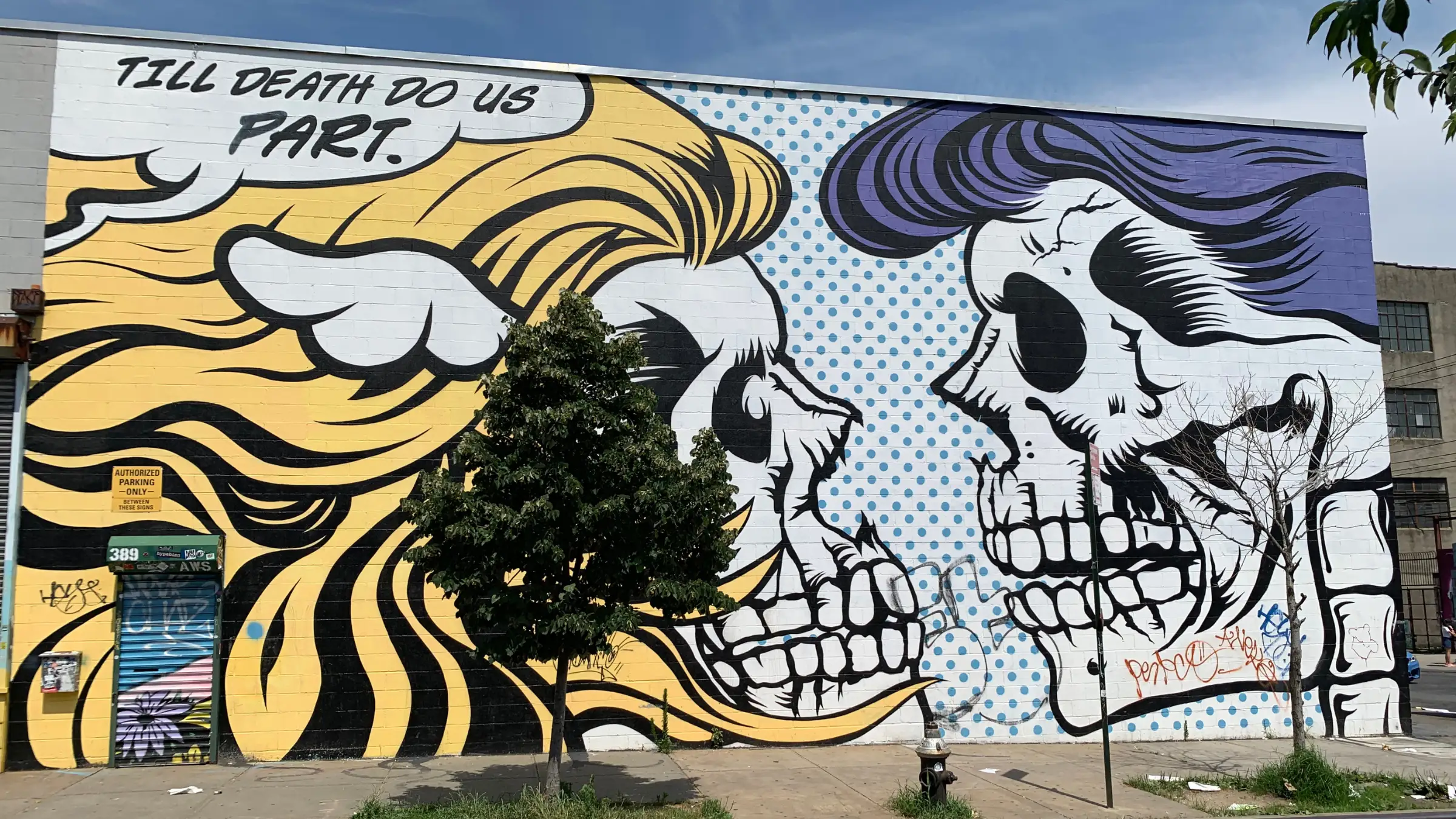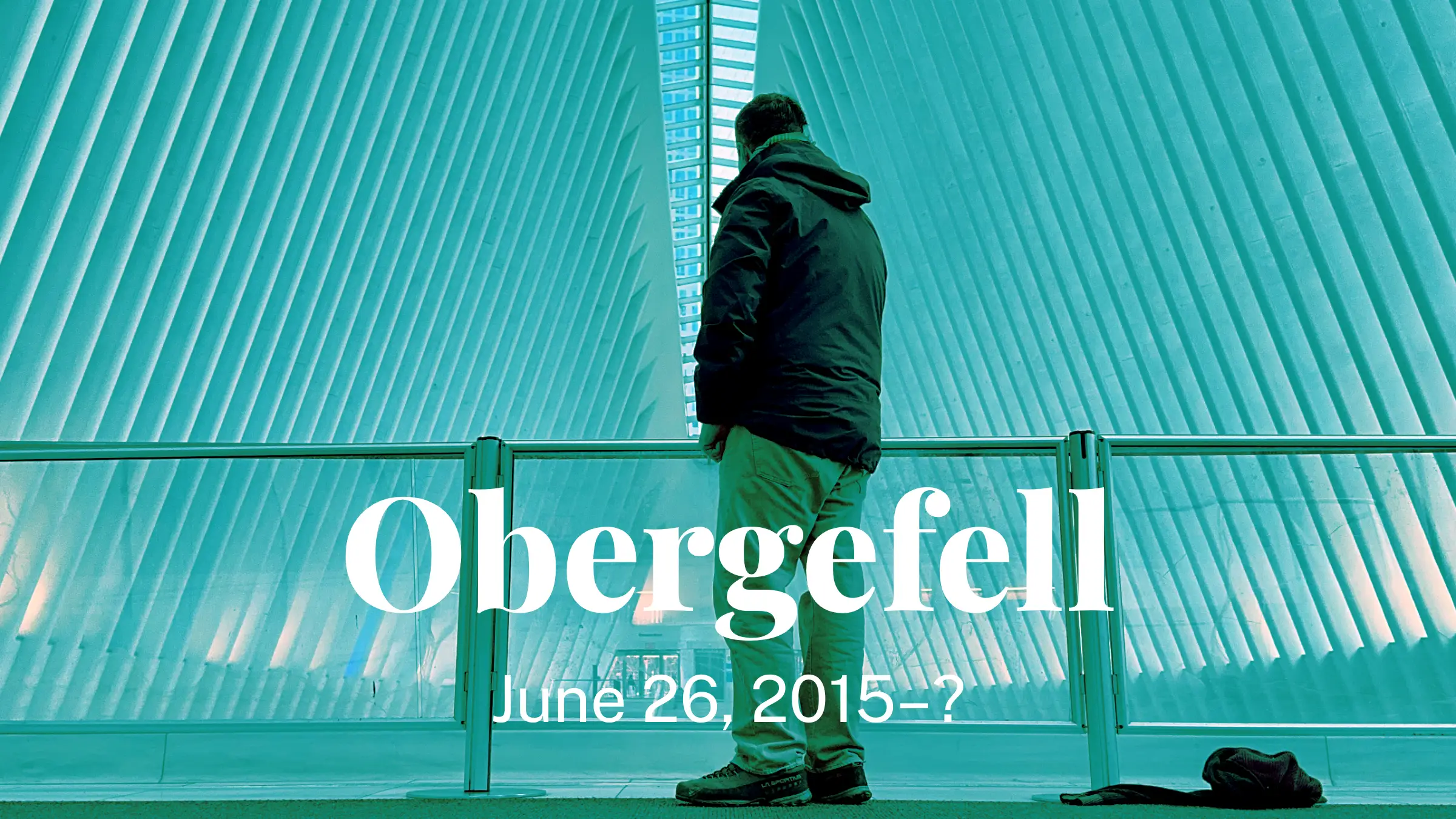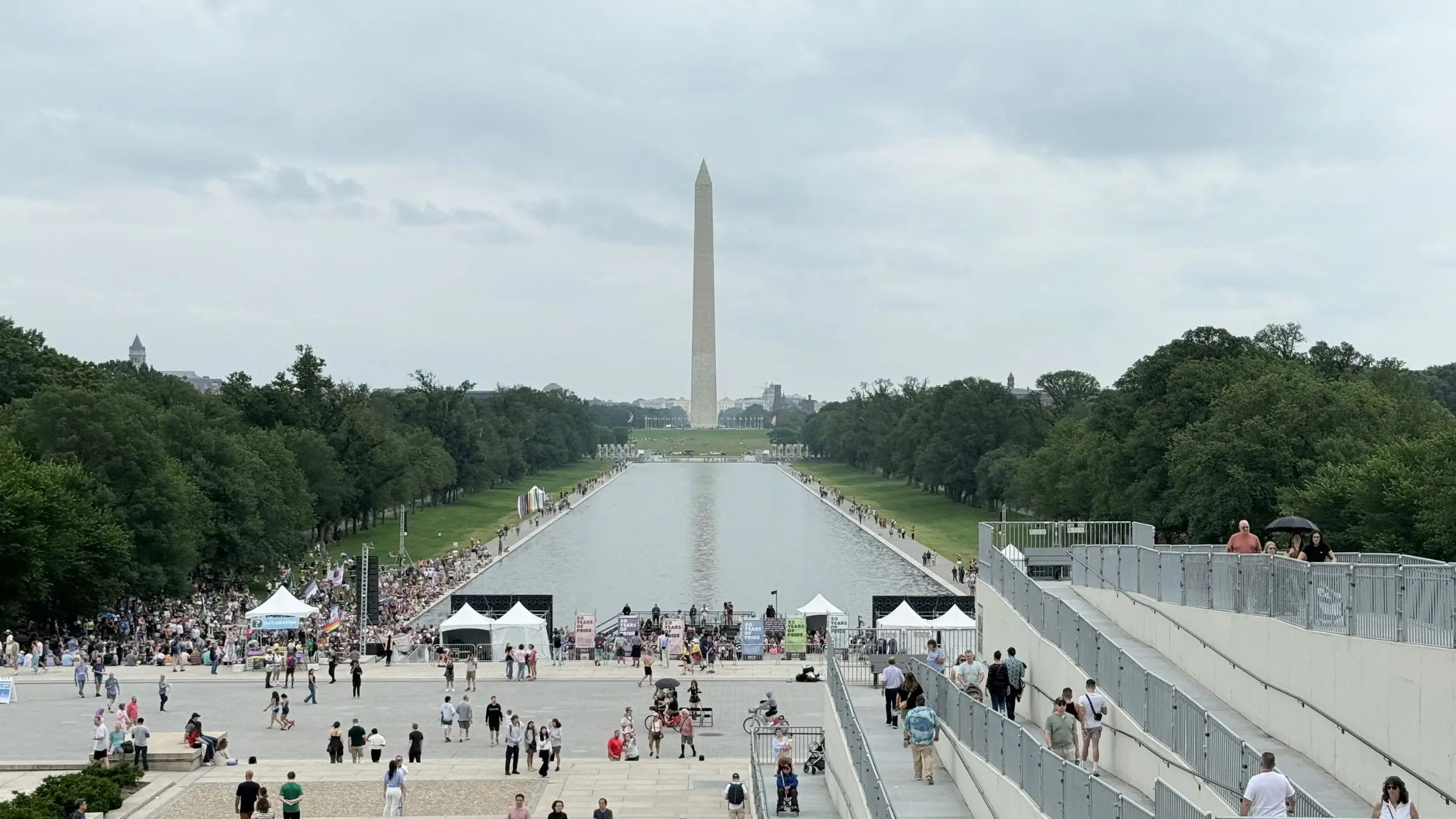-
Fernando Pessoa, Creator of Indifferences
“You are no doubt asking me, within yourselves, what meaning these sentences have. Don’t make that mistake. Say goodbye to the childish error of asking words and things what they mean. Nothing means anything.”
-
The Inside Dirt
Britt and I have never been to this Sydney landmark, but it means the world to us.
-
🏳️🌈 You’ve Heard My Defense of Marriage Equality. Here’s Britt’s.
A few days after Obergefell, Britt explained why marriage matters—and why ours should’t be seen any differently than anyone else’s.
-
🏳️🌈 You Can Go Your Own Way: Same-Sex Divorce After Obergefell
Before Obergefell, getting married was difficult. Getting divorced was even more so.
-
🏳️🌈 Obergefell Turns 10. Will It Make It to 20?
Our ordinary marriages may soon face an extraordinary threat.
-
🏳️🌈 King, Rustin, and “What If?”
Could Bayard Rustin remained close to King and had a more visible role in the Civil Rights Movement? Let’s take a stroll down Speculation Street and see.
-
🏳️🌈 Bayard Rustin, Angelic Troublemaker
“Let us be enraged about injustice, but let us not be destroyed by it.” — Bayard Rustin
-
🏳️🌈 I Thought the WorldPride Rally Was a Dud. I Was Wrong.
I’ve been reflecting on the events by the Reflecting Pool. My first impression was wrong.
-
🏳️🌈 Bob Smith: Laughing Matters
Blazing a path as a gay man is serious work—unless you’re comedian Bob Smith.
-
🏴 Nine Years Later
“I know a place where you don’t need protection / Even if it’s only in my imagination.”
The Daily Dave
Live, laugh, logorrhea









